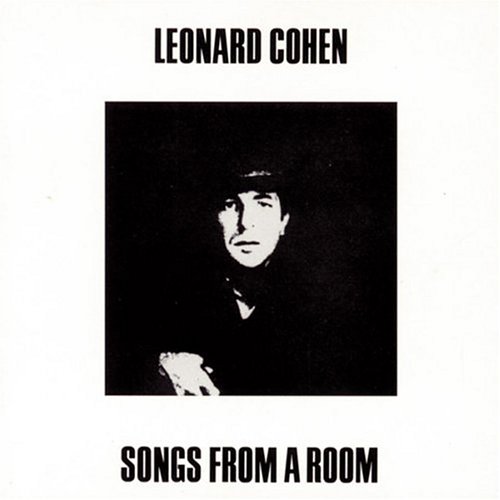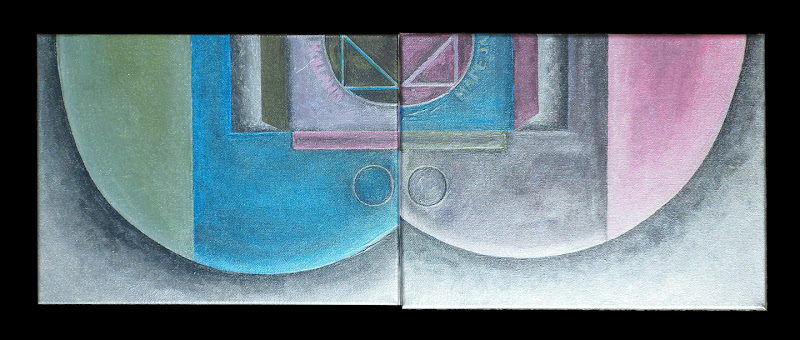As seen with
the very first post of this blog (just after
the inaugural one), the modern nose flute (let's dare the "urban type" nose flute) was invented in 1891, with a patent [US477167] filed on november 19, 1891, and registered on june 14, 1892 by our pioneer William carter.
Then the second important patents were those bt Garrett J. Couchois, in 1899, giving to our instrument the bases of the mordern design.
For a long time, I thought the Humanatone was the first nose flute to be commercialized. The
Humanatone Introducing Novelty Company was founded in 1904, the brand
Humanatone was registered on 1st July. But James J. Stivers added the precision "
This trade-mark has been continuously used in my business since July 6th, 1903" [see details
here].
But I recently found a 1903 music catalog with
an ad for a Magic Flute, and had to retrace a new
Humanatone & clones chronology.
I have been continuing my researches, and just found an interesting new information.

The
Cincinnati Wholesale Jewelers and Manufacturers Association was a corporative structure depending of the Chamber of Commerce. Apparently, the members were used to have an annual outing in June, having some fun, gorgeous lunch, baseball game, amateur theater show, then a nap. Let's say a Summer orgy in the countryside.

In 1922, the 10th of June, the association went to the White Villa — residence of the treasurer Edgar Noterman — in Covington, Kentucky. After some refreshments, the fellowship had «
a wonderful feast of broilers », and then, probably totally drunk, the jewelers began a baseball they never finished («
Oh yes, the game only lasted five innings, which was about as much as the ability of the players and the patience of the audience could stand »). Two teams were formed, the
Irish Greens and the
Dutch Blues, which one was captained by Art Jacobs,
of the D. Jacobs Sons Co.
After the game, the joyful fellows went on stage. The Secretary, Mr. Remellin, «
who is a violin artist of no mean quality, gave a heart-breaking interpretation of "Love's Old Sweet Song." Everybody was crying — for silence. »
And then «
Art Jacobs, also a musical wonder, performed marvels (of discord) on a "Humanatone", which he purchased at the Chicago World's Fair in 1892. »
[from :
All Baseball and Golf Records Smashed by Members of Association Who Spent Enjoyable Day at White Villa,
The Jewelers' circular Co., 1922, Volume 84, Numéro 2, P.75.
Full article downloadable here]

So, were there Humanatones sold at Chicago's World's Fair in 1892 ???
The first Chicago World's Fair — there was another one in 1933 – opened its door, in fact, in 1893. More : «
When the gates opened on May 1, 1893, all but a few minor attractions were ready to accomodate the thousands of eager first-day visitors » [in
The World's Columbian Exposition: The Chicago World's Fair of 1893, by Norman Bolotin and Christine Laing, 1992]. Dedication ceremonies were held on October 21, 1892, but it is unlikely that Art Jacobs bought his instrument in 1892...
But since the Chicago's Fair was also called "The Columbian Exposition" because it was held to celebrate the 400th anniversary of Christopher Columbus's arrival in the New World in 1492, it is probable that 29 years after the Fair, Mr. Jacobs made the confusion (or was it the author of the article?).


The main interrogation is about the name Humanatone. James J. Stivers, as we stated before, wrote that the brand had been used since july 1903. Art Jacobs didn't buy a Humanatone, but a nose flute. Why did the journalist write « Humanatone ». I am prone to think it was a language abuse. In 1922, when the Jeweler's Circular text was written, the metal Humanatone was at the top of its fame. It was the most commun nose flute on the market, and I believe it was beginning to become a common noun. Exactly as we, frenchies, are used to say "a frigidaire" instead of "a refrigerator", or American people would say "a colt" instead of "a handgun", using a famous brand instead of the generic noun. Yet, it is still the case nowadays : many (american) people say "Humanatone" instead of "nose flute".
[EDIT : Rectification on that point, see this post]
On thing still stays a strange coincidence : the author of the article wrote « ...
Art Jacobs, also a musical wonder... ». And the first Humanatone was stamped with that same appellation :

So, what nose flute did Art Jacobs buy at Chicago's Fair in 1893 ? I sincerely have no clue of the answer. It might have been a Magic Flute, as it existed before the Humanatone (check
my chronology)...
Or was it another unknown (by me) instrument?
The important thing is to record there was a nose flute available in 1893, and it was probably directly issued from
the Carter's patent, filed at the end of 1891 and registered mid-1892. Just the time to launch a production... Did Jacobs buy a
Nasalette ?
----
About metal Humanatones, check :
- Humanatone - part I : the metallic era
- New Humanatone ads
- The Two metal Humanatones
- Another metal Humanatone
- Humanatone boxes
- Another Humanatone box
- Humanatone: A very early user manual
- The Magic (Nose) Flute: only questions... .
- A Humanatone and clones chronology
- A Humanatone in 1892 ?
- Humanatone: Early promotional demos
- Another Humanatone archive
- Huma... something
- Rectification: Humanatone appearance date
- Great paper from 1903
- Nose Flute Pioneers: The Stivers - Part I
- Nose Flute Pioneers: The Stivers - Part II
- Nose Flute Pioneers: The Stivers - Part III
- Nose Flute Pioneers: The Stivers - Part IV
- Nose Flute Pioneers: The Stivers - Part V
- A Humanatone as a scientific tool
- Two other Humanatone Ads
And on later Humanatones :
- Humanatone - Part II : the Gretsch plastic era
- Humanatone - Part III : the Gretsch metal era
-----





























